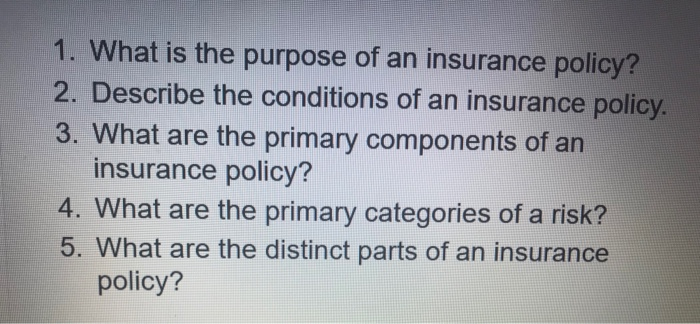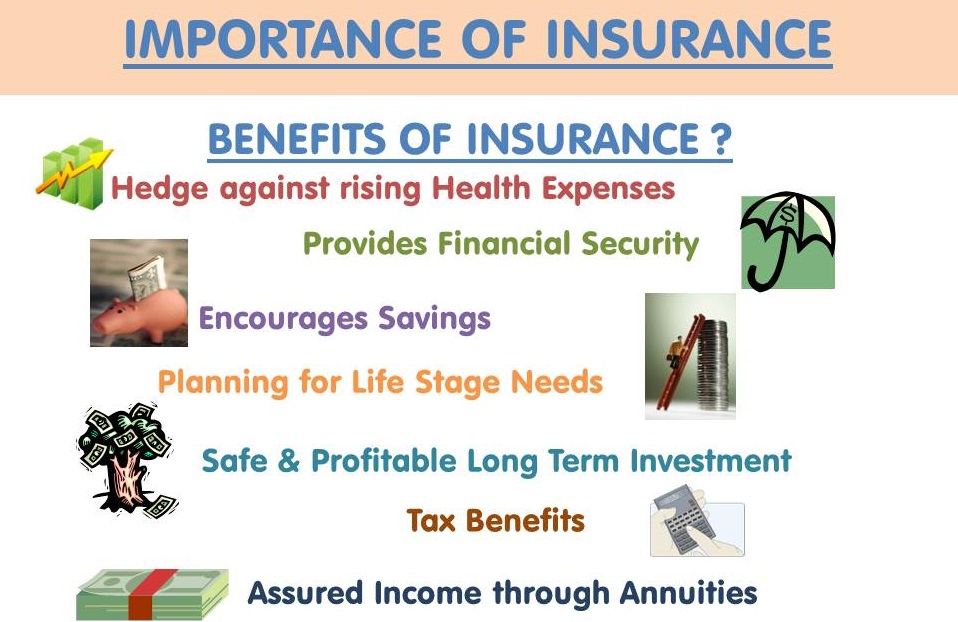What Does Pacific Prime Mean?
What Does Pacific Prime Mean?
Blog Article
The Basic Principles Of Pacific Prime
Table of ContentsThe Greatest Guide To Pacific PrimePacific Prime Can Be Fun For AnyoneHow Pacific Prime can Save You Time, Stress, and Money.About Pacific PrimeThe smart Trick of Pacific Prime That Nobody is Talking About

This is since the data were gathered for a period of solid economic performance. Of the estimated 42 million people who were uninsured, just about about 420,000 (about 1 percent) were under 65 years of age, the age at which most Americans come to be eligible for Medicare; 32 million were adults in between ages 18 and 65, about 19 percent of all grownups in this age; and 10 million were kids under 18 years of age, about 13.9 percent of all youngsters (Mills, 2000).
These estimates of the number of individuals without insurance are generated from the annual March Supplement to the Existing Populace Survey (CPS), conducted by the Demographics Bureau. Unless or else noted, nationwide quotes of individuals without health and wellness insurance and proportions of the populace with different kinds of coverage are based upon the CPS, one of the most extensively utilized resource of quotes of insurance protection and uninsurance rates.
The Buzz on Pacific Prime

Still, the CPS is especially useful because it produces yearly estimates relatively swiftly, reporting the previous year's insurance policy coverage estimates each September, and because it is the basis for a regular set of price quotes for greater than 20 years, permitting analysis of fads in insurance coverage over time. For these factors, along with the extensive use of the CPS in various other research studies of insurance protection that exist in this report, we depend on CPS estimates, with constraints kept in mind.

The price quote of the number of without insurance people expands when a population's insurance policy condition is tracked for numerous years. Over a three-year duration starting early in 1993, 72 million people, 29 percent of the united state population, lacked insurance coverage for at the very least one month. Within a solitary year (1994 ), 53 million individuals experienced a minimum of a month without insurance coverage (Bennefield, 1998a)
Six out of every 10 without insurance adults are themselves utilized. Working does improve the probability that one and one's family participants will have insurance, it is not a warranty. Also address participants of family members with 2 full time breadwinner have almost a one-in-ten possibility of being without insurance (9.1 percent without insurance price) (Hoffman and Pohl, 2000).
Fascination About Pacific Prime
New immigrants represent a substantial percentage of people without health and wellness insurance. One evaluation has associated a considerable section of the recent growth in the dimension of the U.S. uninsured population to immigrants who got here in the nation between 1994 and 1998 (Camarota and Edwards, 2000). Current immigrants (those that pertained to the United States within the previous four years) do have a high rate of being without insurance (46 percent), yet they and their kids make up just 6 percent of those without insurance policy country wide (Holahan et al., 2001).
The partnership in between medical insurance and access to care is well developed, as recorded later on in this phase. The relationship in between wellness insurance policy and health results is neither direct nor straightforward, a comprehensive medical and health solutions research study literary works links health insurance policy protection to improved access to care, much better top quality, and improved personal and population health standing.
Degrees of evaluation for analyzing the impacts of uninsurance. This discussion of health insurance policy coverage concentrates primarily on the U.S. populace under age 65 because essentially all Americans 65 and older have Medicare or other public protection. It concentrates specifically on those without any kind of wellness insurance for any type of size of time.
Facts About Pacific Prime Uncovered
The problems dealt with by the underinsured are in some areas comparable to those dealt with by the without insurance, although they are normally much less extreme. Health insurance policy, nevertheless, is neither required nor adequate to acquire accessibility to medical services. The independent and direct effect of health and wellness insurance coverage on accessibility to health solutions is well developed.
Others will get the health and wellness care they need also without health and wellness insurance, by spending for it expense or seeking it from carriers that offer treatment complimentary or at very subsidized prices. For still others, wellness insurance coverage alone does not ensure receipt of care due to other nonfinancial barriers, such as a lack of wellness treatment providers in their community, limited access to transport, illiteracy, or linguistic and social distinctions.
Pacific Prime - The Facts
Formal study about without insurance populations in the USA dates to the late 1920s and early 1930s when the Board on the Price of Medical Treatment produced a series of records regarding financing doctor office gos to and hospitalizations. This concern ended up being prominent as the numbers of medically indigent climbed up during the Great Anxiety.
Report this page